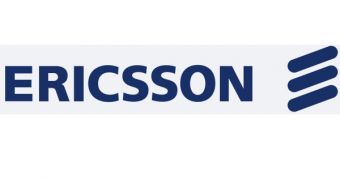Ericsson announced that it would demonstrate its new HSPA multi-carrier technology at the Mobile World Congress in Barcelona next week. According to the company, the technology will enable for peak downlink data rates of up to 42Mbps. Australian operator Telstra is currently working on HSPA downlink data rates of up to 21Mbps and considers that the multi-carrier technology will be able to improve consumer experience in the entire network coverage area.
The multi-carrier technology is another step in the evolution of HSPA and is able to deliver data to customers on two frequency channels. The technology should offer double data transfer rate in the coverage area of an HSPA network, as well as at the cell edge, where data rates are usually lower. This would mean that the currently available 21Mbps downlink data rate should increase to 42Mbps.
“This exciting concept demonstration shows the strength of the HSPA technology on which we have based our Next G(TM) network. The Telstra and Ericsson partnership has grown through the various releases of HSPA and has delivered tremendously successful high speed broadband services to millions of Australians. It is impressive to see the next evolution in action today as an indication of what carriers will be able to experience by the end of the year,” stated Mike Wright, executive director, Telstra Wireless.
For the demonstration the company will use the design concept of an Ericsson Mobile Broadband Router. The device enables easy-to-use fixed wireless access as an alternative to fixed-line services through the use of an HSPA network. The device can be used at home, at the office or in public places. At the same time, the Mobile Broadband Router allows for the high data rates to be shared between multiple consumers for efficient use.
According to Ulf Ewaldsson, vice president and head of Product Area Radio, Ericsson, “With this demonstration, Ericsson shows its continued technology leadership. High peak data rates, increased capacity and low network costs are important ingredients for successful mobile broadband services. With the early introduction of 64QAM, MIMO and multi-carrier technologies, Ericsson enables operators all over the world to be leaders in their broadband markets.”
Ericsson's HSPA multi-carrier technology is expected to become available for commercial implementation by the end of this year.

 14 DAY TRIAL //
14 DAY TRIAL //